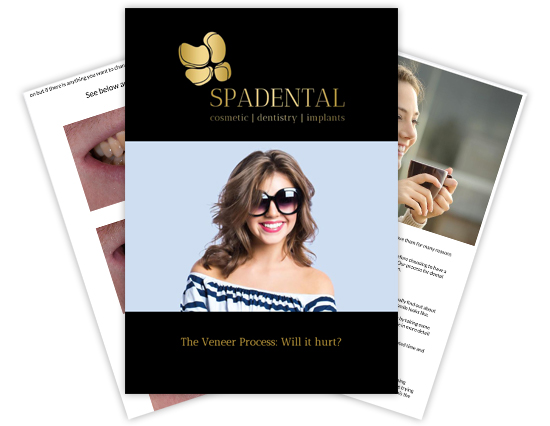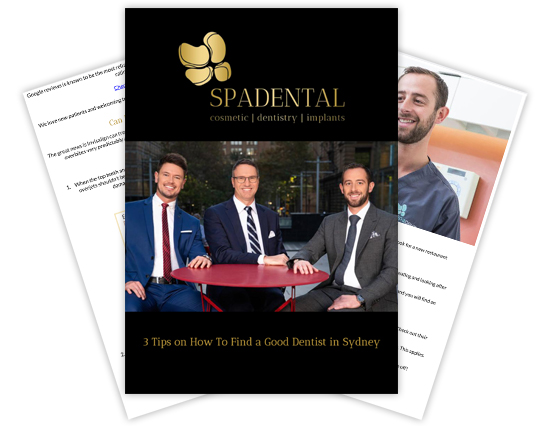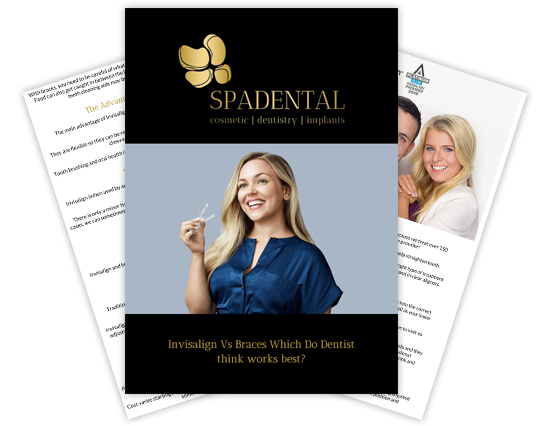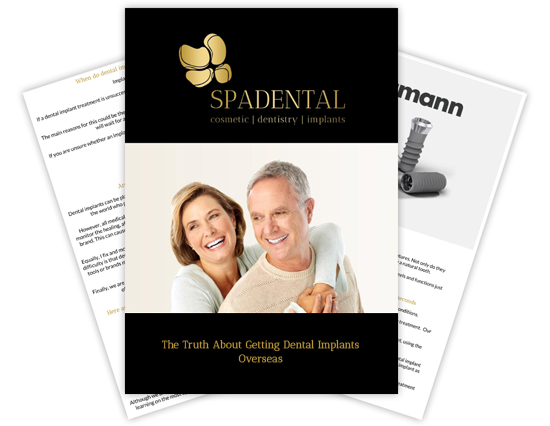Extractions – different kinds and why our dentist may suggest them

Once associated with tying string around a tooth and slamming a door in bygone times, in recent years, oral extractions have become a lot simpler and a lot easier to deal with for patients and dental teams.
And if during a check-up or an orthodontic examination you are told you need to have an extraction, we can help.
When you come to our team at Spa Dental in Sydney for a tooth extraction, our dentist Sydney will ensure that the procedure is as comfortable as possible. We will also assist you with a targeted aftercare plan to prevent infection and promote healing, while also making sure that your oral health remains in good condition. Perfect!
So, why would our dentist Sydney recommend a dental extraction and what types of extraction are there? Read on to find out!
Why is an extraction needed?
There are many reasons as to why our dentist Sydney may need to perform an extraction.
The most common reason is that the tooth has decayed beyond repair and you now need to have it removed to prevent infection and further discomfort.
In recent times, with the rise of orthodontics in adults, it may become necessary for our team to remove a tooth or teeth to make room for movement that occurs with a brace or aligner.
Simple extraction
As the name suggests, a simple extraction is, well, simple!
Should you require a tooth to be removed in order to make room for orthodontic work, chances are that this will be a simple extraction; the tooth is visible above the gum and can be removed without incisions being made into the gum line.
Surgical extraction
Surgical extractions are more common in cases of prolonged decay or may be required if you have been in a collision or other accident.
In short, a surgical extraction will require surgery to remove the tooth; often, it is needed if the tooth has broken off above the gum line and will now need to be removed from under the gum. Our team will need to make incisions to do this, and the procedure may take up to 45 minutes, depending on where the tooth is located in the mouth.
Aftercare
Depending on the type of extraction you have, our team will advise you on different kinds of aftercare.
Simple – With a simple extraction, there may be stitches required or we may decide to leave the area open. You should eat soft foods and apply gentle brushing techniques. Avoid drinking alcohol, as this can delay healing and promote gum recession.
Surgical – Following a surgical extraction, it is likely that you will have stitches that our team may need to remove in a few weeks after the procedure. In this case, avoid aggressive brushing at first and be very careful with foods; nothing spicy or acidic for a few days! Avoid drinking and smoking and give the use of mouthwash a rest for a few days until the gums are less inflamed.
DISCLAIMER
All treatment carries risks. Individual consultation is required with one of our practitioners to ensure that the treatment is right for you.




